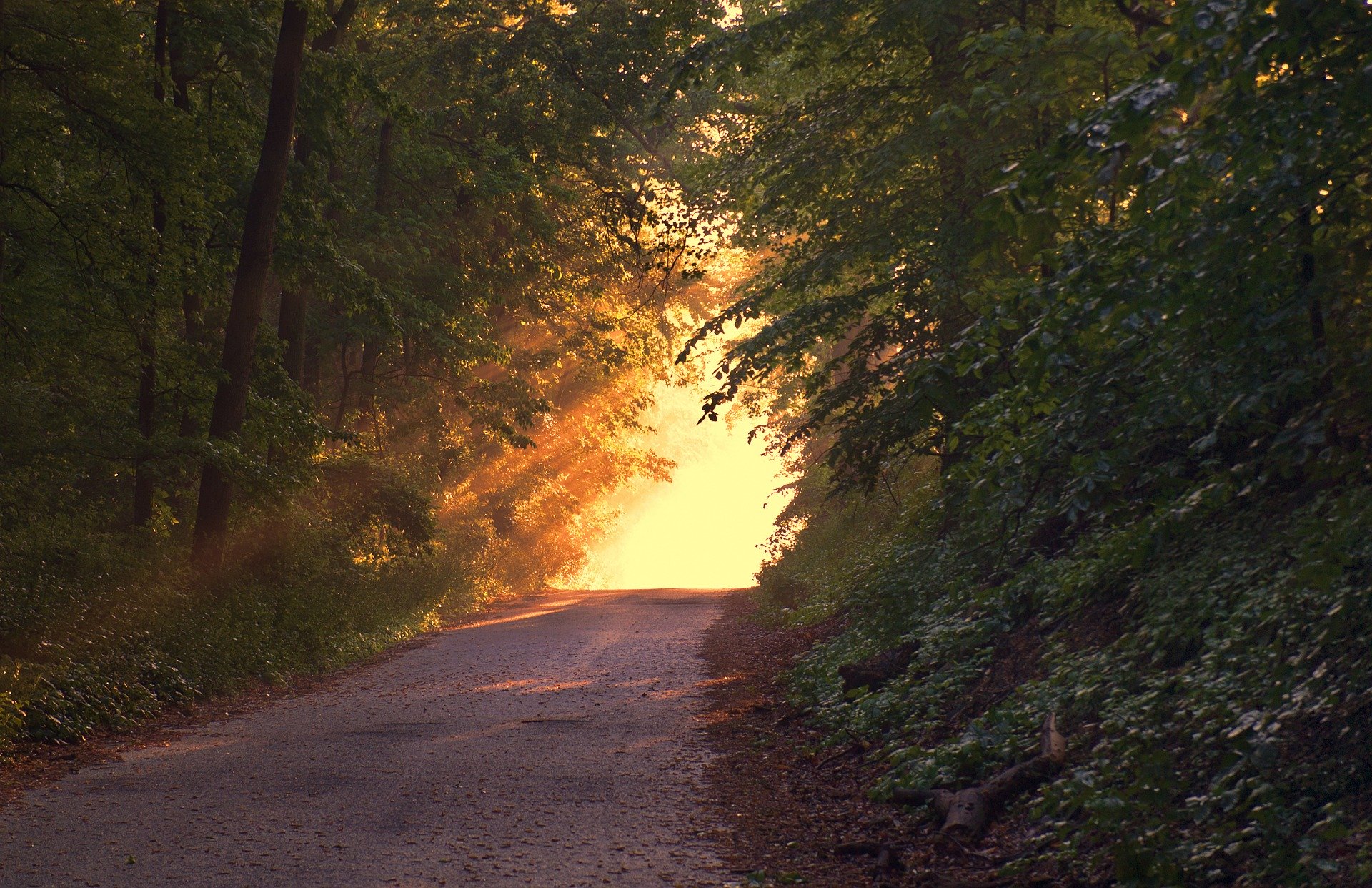Lafayette (formerly La Fayette) is a town located in Contra Costa County , California, USA. The city had 23,893 inhabitants as of 2010. It was named after the French army hero of the American Revolutionary War, Marquis de Lafayette.
The history of Lafayette started more than 10,000 years ago when Saclans in many villages, a subgroup centered in Miwok, settled there. The Saclans fought a war with the Spaniards in 1797 over what was later to become the soil of Lafayette.
In 1847, Elam Brown, one of Contra Costa County’s first Yankee settlers, led a 14-family wagon train across the Donner Pass just days before the ill-fated Donner party. Brown purchased the Rancho Acalanus, a 3,329 acre Mexican land grant that is now almost anywhere in the Lafayette area of today. In February 1848, he built his first of three houses, making it the first community in central Contra Costa County.
Brown became a farmer along with his friend Nathaniel Jones. Tired of the 7-10 day trip to the nearest mill at San Jose, Brown built his own horse-drawn grist mill. Brown planned, on Lafayette Creek near First Avenue, to build a steam powered plant. Once that mill was built, at today’s intersection of Diablo and Moraga Road, the commercial center of Lafayette began to grow. Such first businesses were the shop of a blacksmith, a pub, a general store, and rooming houses.
Redwood lumber harvested in Canyon during the 1850’s and Moraga was hauled to Martinez for shipment to San Francisco. Lafayette became the ideal place for people to rest, eat , drink, and repair their wagons on this long journey.
After failing to make a fortune in the Gold Rush, Benjamin Shreve came to Lafayette. He founded and operated the first school of Lafayette. Shreve was appointed postmaster of the town in 1857 and agreed to name it. It used to be called Acalanus, another spelling of the land grant, but the town wanted its own identity. Former names were thought to be Dog Town, Brown’s Corner, Brown’s Mill, Acalanus, and Centerville. He asked for the name Centerville but it was rejected as another Centerville existed in the state. So he made use of his second choice, La Fayette. In 1932 the word ‘Lafayette’ was changed to what is called today. The most historic event in Lafayette occurs in the early 1860s, when the Pony Express stopped by town and hit the crossroads of Moraga Road and Mt. Diablo Blvd. It was a quiet farming village until the building boom after the Second World War when many buildings were constructed there.
The city is part of the greater San Francisco Bay Area and has its own public transit station in the BART system. Lafayette is between Walnut Creek, Moraga and Orinda, and is locally regarded as part of “Lamorinda,” together with the latter two towns.

The following well-known attractions are located in Lafayette, California:
- Lafayette Reservoir
- Briones Regional Park
- Reinhardt Redwood Regional Park
- Sibley Volcanic Regional Preserve
- Chabot Space & Science Center
- Grizzly Peak
- Tilden Regional Park
- Joaquin Miller Park
- Lafayette Community Park
All of these wonderful offices are located just a short distance from our location on Boulevard Circle in historic Walnut Creek, California.
